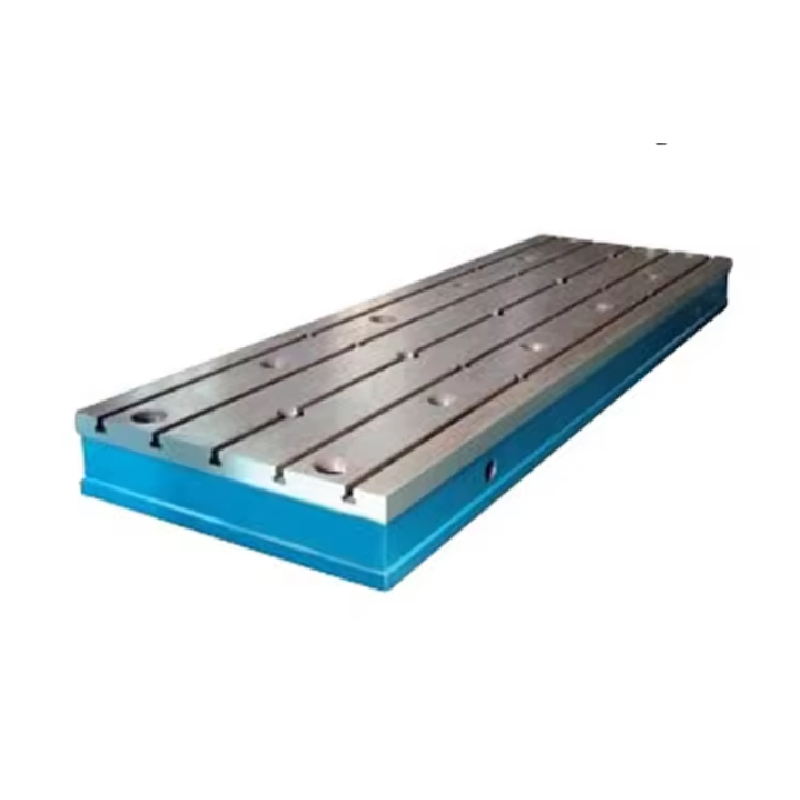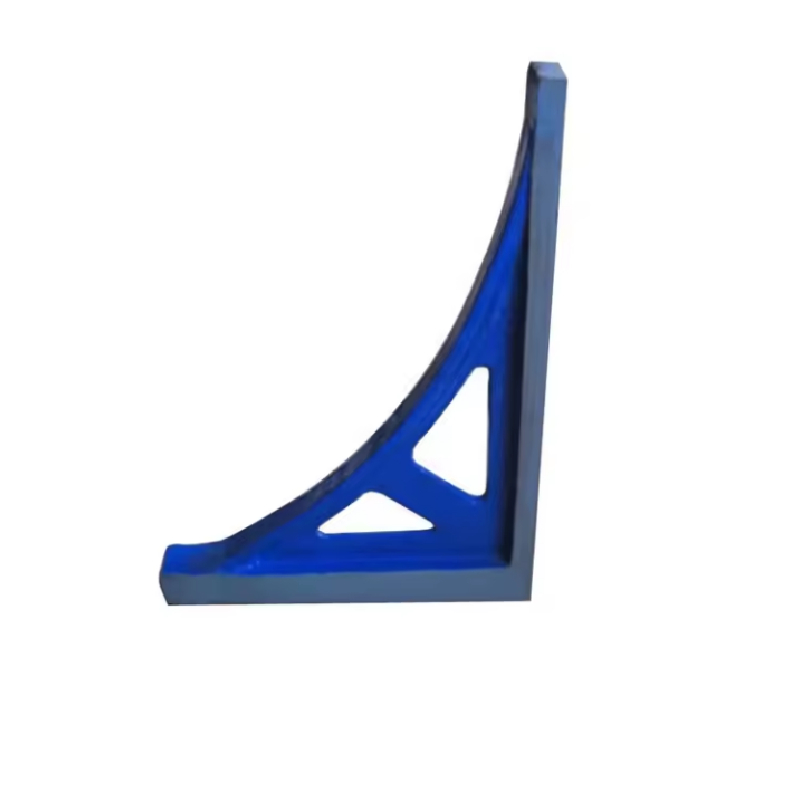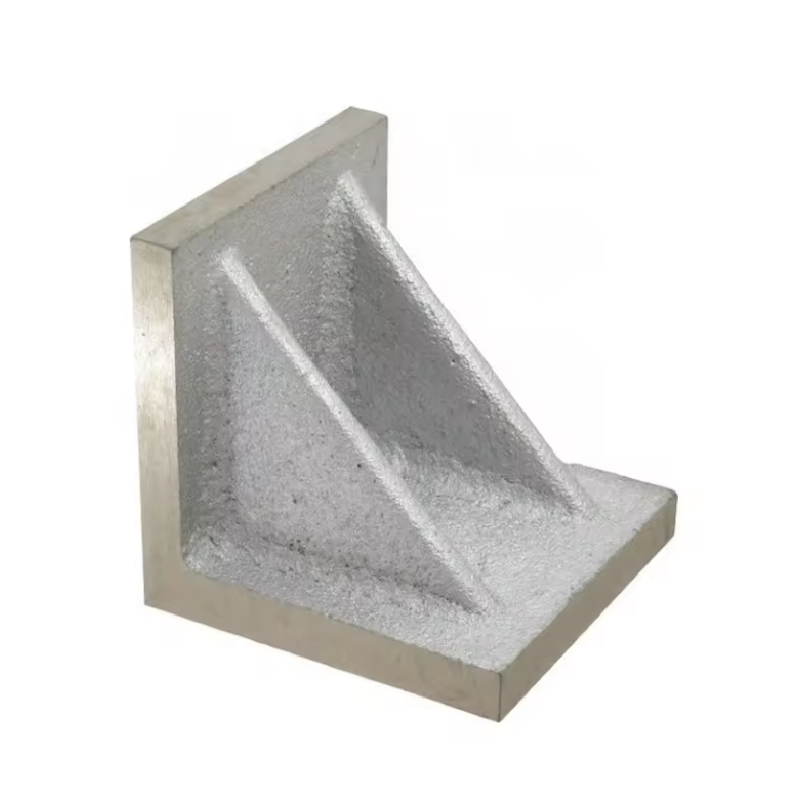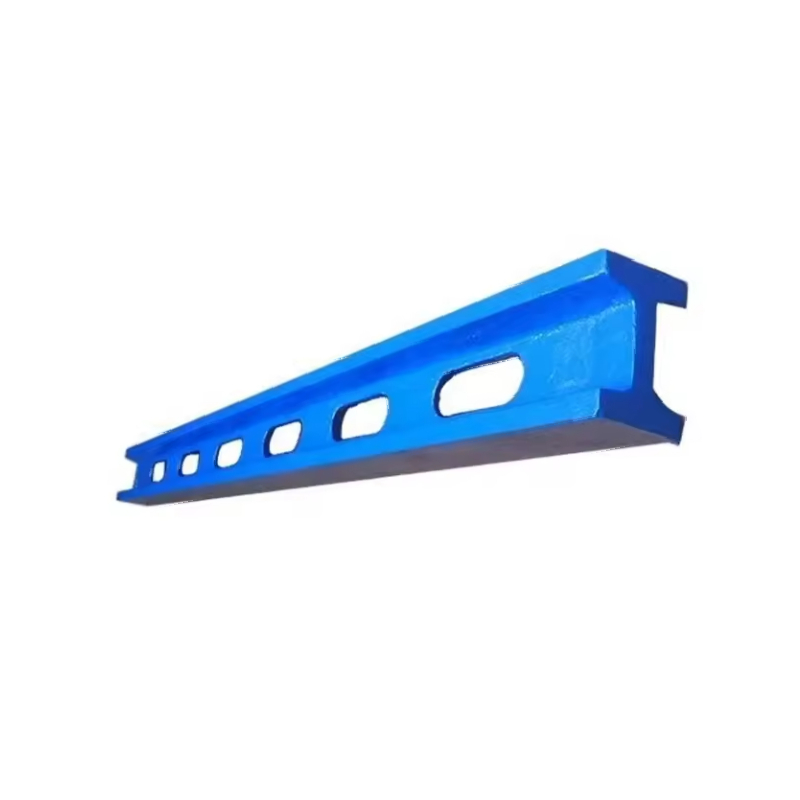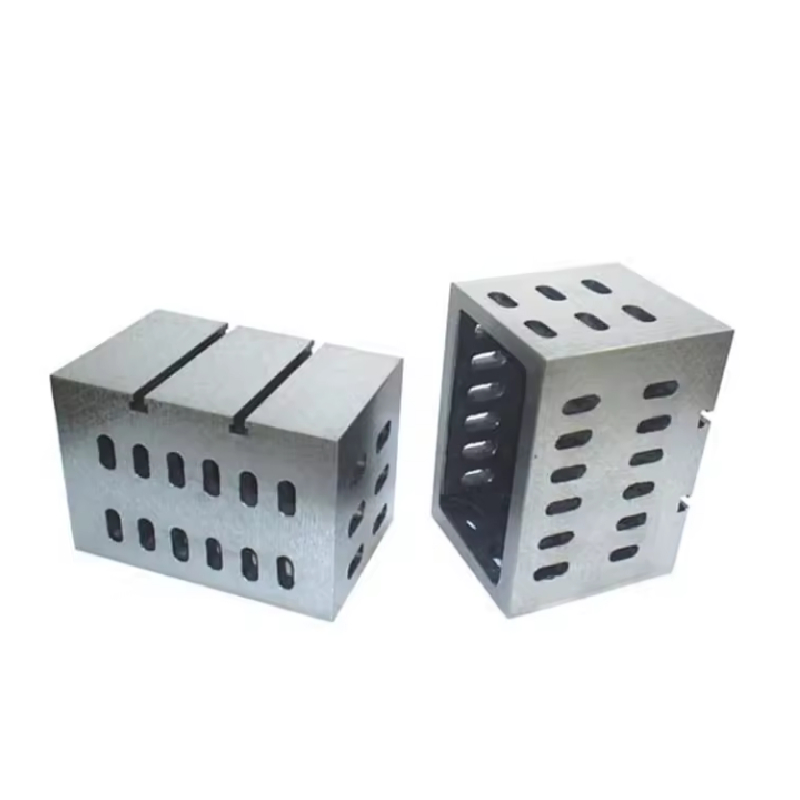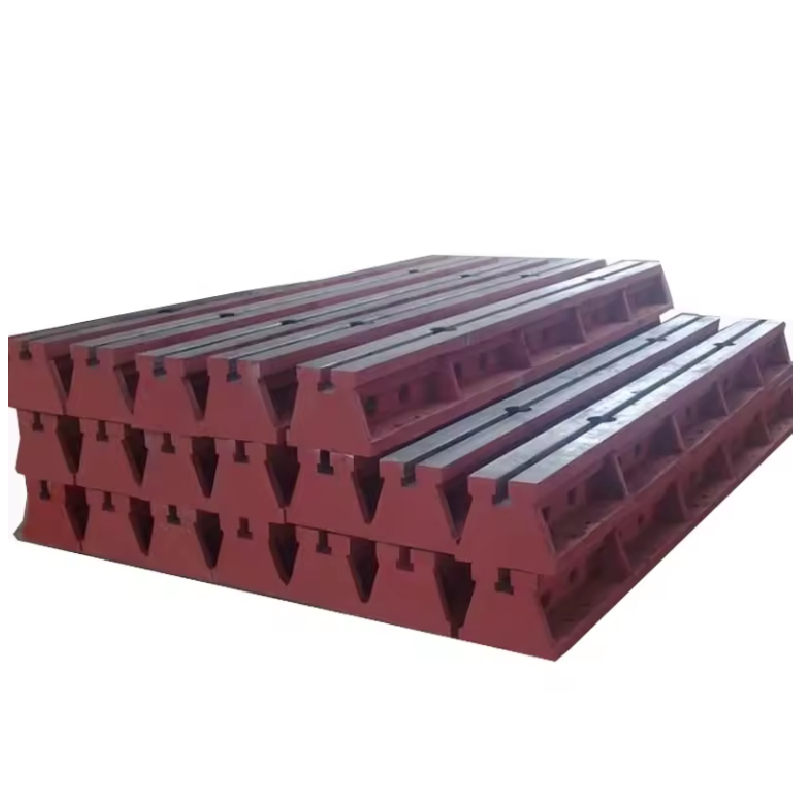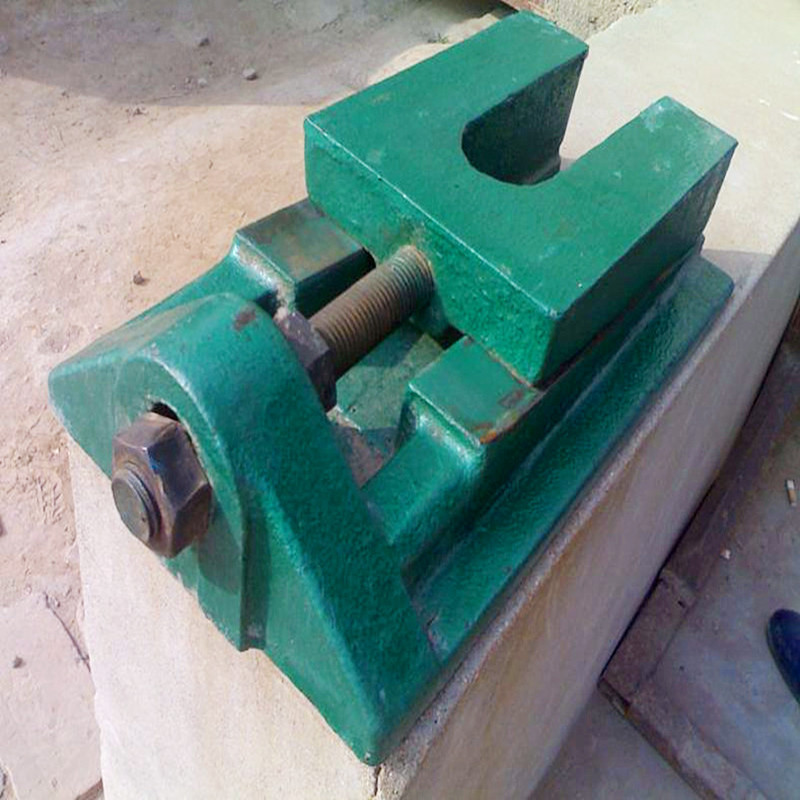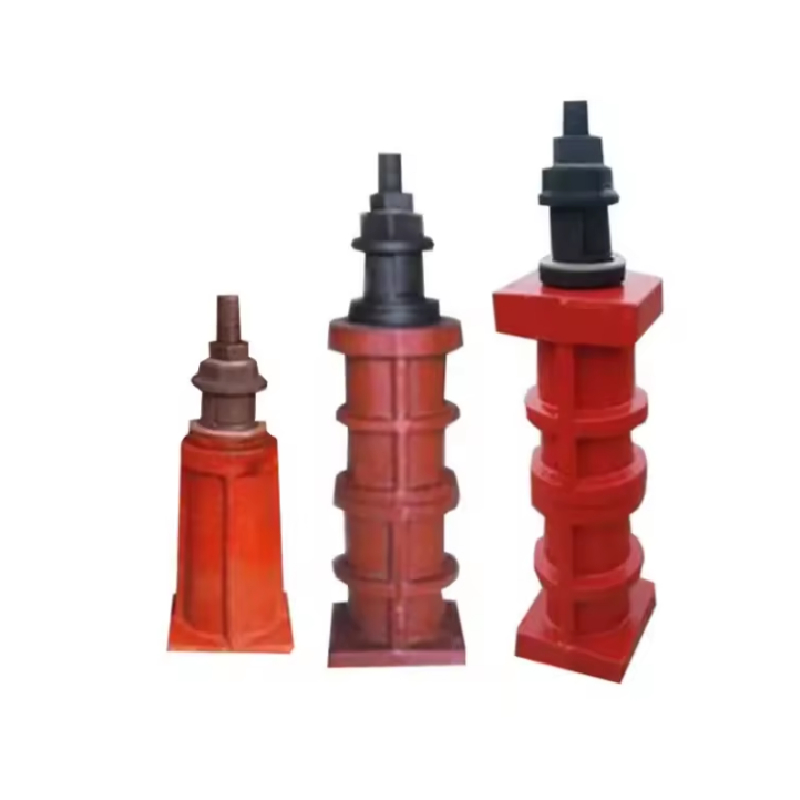Jul . 27, 2024 16:27 Back to list
Exploring the Significance and Applications of 90-Degree Angle Brackets in Various Industries
The Significance of 90-Degree Angle Brackets in Design and Engineering
In the world of design and engineering, the details matter immensely. One of these critical details is the 90-degree angle bracket. Often overlooked, these simple yet effective components play a pivotal role in ensuring structural integrity, aesthetics, and functionality in various applications. Whether in construction, furniture making, or manufacturing, the utility of 90-degree angle brackets cannot be overstated.
Structural Integrity
One of the primary purposes of 90-degree angle brackets is to provide structural support and stability. When two materials meet at a right angle, they require a means of reinforcement to ensure they can withstand loads and resist forces such as tension, compression, and shear. The angle bracket, typically made from metals like steel or aluminum, serves to distribute these forces evenly across the surfaces of the connected materials. This characteristic is particularly important in construction, where beams, shelves, and trusses demand a high degree of reliability to ensure the safety of the structure.
In furniture making, angle brackets are instrumental in joining panels and frames. Shelves, tables, and cabinets benefit from the added support that brackets provide, minimizing the risk of bending or collapsing under weight. The assurance of stability provided by these brackets is crucial, especially in homes and workplaces where safety is a priority.
Aesthetics and Design Flexibility
Beyond their functional attributes, 90-degree angle brackets can also contribute to the aesthetics of a project. Available in various finishes, sizes, and materials, they can be chosen to complement the overall design. In contemporary architecture and furniture design, the visible use of angle brackets can add an industrial or modern touch to a piece. Designers often capitalize on the stark contrast between raw materials and sleek finishes to create visually appealing compositions.
90 angle bracket
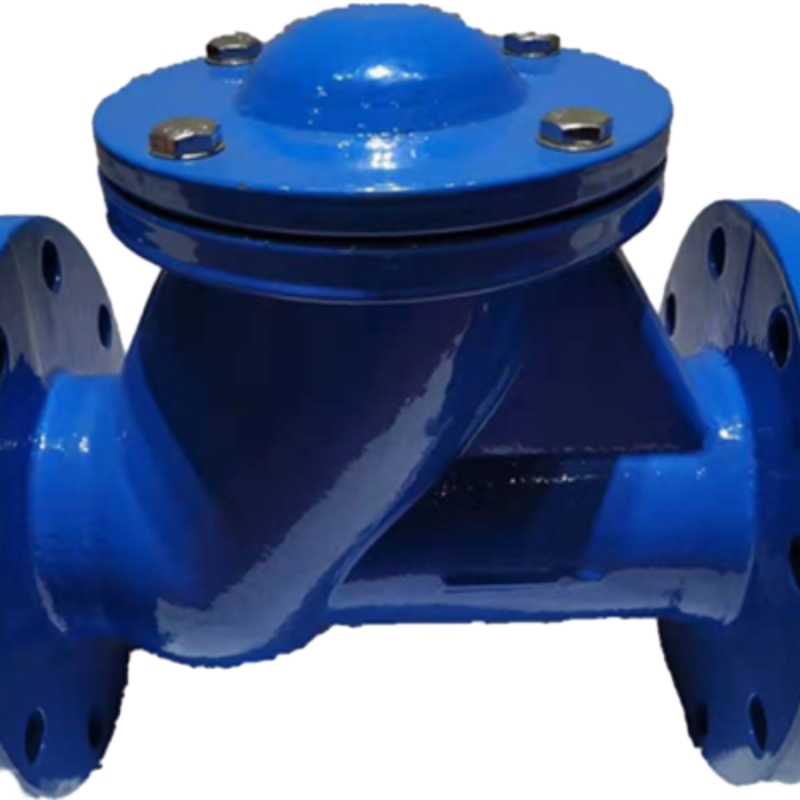
Moreover, the versatility in their application means that 90-degree angle brackets can be used in both visible and hidden installations. For example, while some designs incorporate brackets in an exposed, decorative manner, others may hide them within the assembly to maintain a clean, minimalist appearance. This flexibility allows designers to leverage brackets creatively, adapting them to suit a range of aesthetic preferences.
Manufacturing Efficiency
In manufacturing, the use of 90-degree angle brackets streamlines production processes. They simplify the assembly of components, allowing for quicker and more efficient construction. When used in conjunction with precise engineering, brackets facilitate the creation of modular systems, which can be easily modified or expanded. This modularity is particularly advantageous in industries where scalability and adaptability are crucial.
Furthermore, the standardization of angle brackets means they can be mass-produced, providing cost-effectiveness in manufacturing. The availability of different sizes and load ratings ensures that engineers can select the right bracket for specific applications without having to invest in custom solutions.
Conclusion
In conclusion, 90-degree angle brackets are more than just simple fasteners; they are essential components that enhance structural integrity, aesthetic appeal, and manufacturing efficiency. Their ability to provide support at critical junctions, coupled with their versatility in design and functionality, makes them indispensable in various fields. As industries continue to evolve, the significance of these humble yet powerful components will undoubtedly remain relevant, continuing to support the structures and products that shape our daily lives. Whether in a residential setting or a large-scale industrial application, the role of 90-degree angle brackets is crucial in realizing safe and innovative designs.
-
Why Metric Trapezoidal Thread is Ideal for Precision Motion ControlNewsAug.05,2025
-
The Unique Properties of a Block of Granite for Industrial UseNewsAug.05,2025
-
The Role of Flanged Y Strainers in Preventing Pipeline ClogsNewsAug.05,2025
-
The Importance of Regular Calibration for Master Ring GagesNewsAug.05,2025
-
How a Cast Iron Surface Table Enhances Accuracy in ManufacturingNewsAug.05,2025
-
Comparing Different Check Valve Types for Optimal Flow ControlNewsAug.05,2025
Related PRODUCTS


